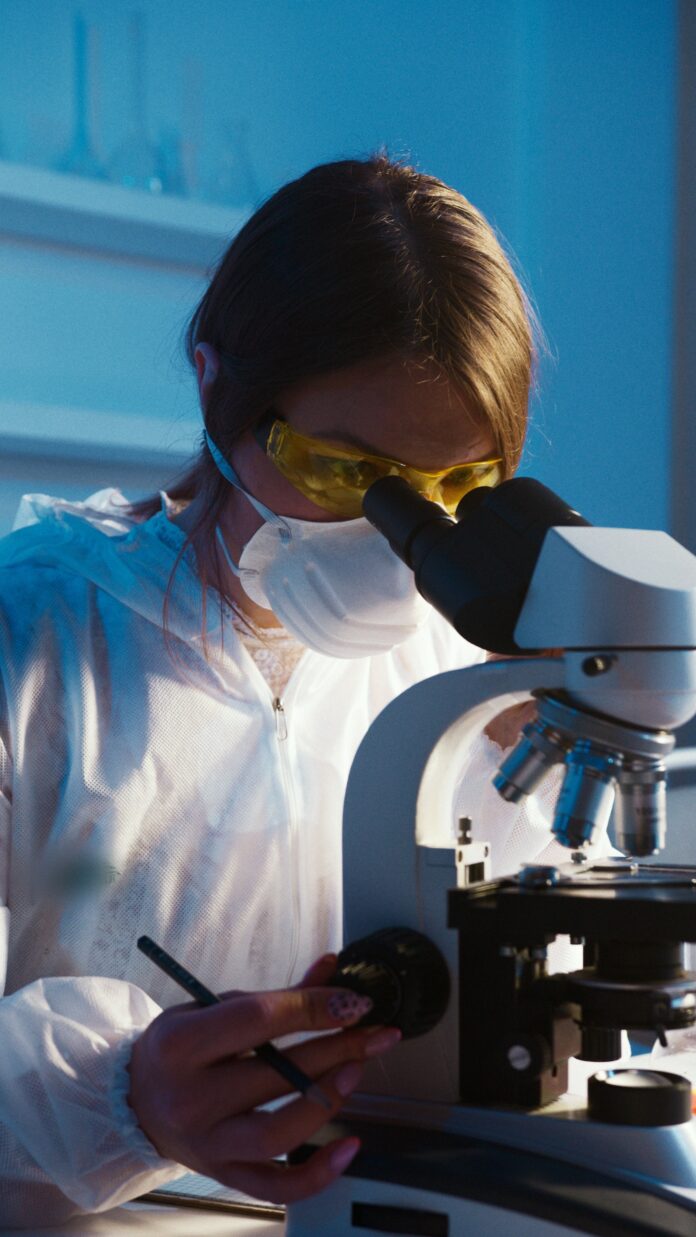In the bustling world of business, ensuring the accuracy of moisture content analysis is paramount. However, with an array of moisture analysis methods available today, making the right choice can be a complex undertaking.
This comprehensive guide seeks to provide practical insights and up-to-date information on selecting the most suitable moisture analysis method for your specific business needs.
Understanding Moisture Analysis Methods
Before we delve into the decision-making process, let’s take a closer look at the primary moisture analysis methods available and their key characteristics:
Oven Drying: This traditional technique involves subjecting a sample to heat to evaporate moisture, followed by weighing the sample before and after drying. While it offers precise results, it can be time-consuming and labour-intensive.
Gravimetric Analysis: Similar to oven drying, gravimetric analysis relies on precise weighing to determine moisture content. It is known for its exceptional accuracy but requires meticulous attention to detail.
Karl Fischer Titration: Representing modern moisture analysis, Karl Fischer titration employs a specialised reagent to react with water in the sample, quantifying moisture content. It stands out for its accuracy, versatility, and suitability for a wide range of industries. If you feel this method would be best for your business, browse this portfolio of high-quality KF titrators from Metrohm.
Near-Infrared Spectroscopy (NIRS): NIRS is a non-destructive technique that utilises near-infrared light to analyse how it interacts with a sample, allowing for moisture content determination. It is characterised by its speed and suitability for high-throughput applications.
Capacitance-Based Sensors: Employing electrical properties, capacitance-based sensors measure moisture content. They are often integrated into production lines to provide real-time data for immediate process adjustments.
Microwave and Radio Frequency (RF) Moisture Analysis: These methods use microwave or RF energy to heat and dry the sample, with moisture content calculated based on the energy absorbed. They offer rapid results and are employed in various industries.
Now that we’ve established an understanding of the primary moisture analysis methods let’s explore the factors to consider when choosing the right one for your business.
Factors To Consider When Selecting A Moisture Analysis Method
Sample Characteristics: The nature of your samples, such as solids, liquids, or gases, plays a crucial role in method selection. Different methods are better suited for specific sample types.
Speed and Throughput: The volume of samples that require analysis and the desired analysis speed are critical considerations. For high-throughput scenarios, modern methods like Karl Fischer titration or NIRS offer efficiency advantages.
Accuracy Requirements: Determine the level of accuracy your application demands. Industries like pharmaceuticals and advanced manufacturing require precise moisture measurements, while others may have more lenient requirements.
Automation: Consider whether automation is vital for your workflow. Automated moisture analysis reduces the risk of human error and enhances efficiency, making it particularly valuable in high-production settings.
Budget and Resources: Evaluate your budget for equipment, maintenance, and personnel training. It’s essential to take into account both initial costs and long-term operating expenses.
Regulatory Compliance: Ensure that the chosen method aligns with industry regulations and standards relevant to your business. Compliance is especially crucial in regulated sectors such as healthcare, food production, and pharmaceuticals.
Environmental Impact: In an era of heightened environmental consciousness, consider the ecological footprint of your chosen method. Some modern methods are more eco-friendly than traditional ones, addressing sustainability concerns.
An In-Depth Exploration Of Moisture Analysis Methods
Now, let’s delve deeper into each moisture analysis method, providing insights into their applications and advantages:
1. Oven Drying:
Applications: Used in various industries, including food, agriculture, and textiles.
Advantages: Offers high precision but may be time-consuming and labour-intensive.
2. Gravimetric Analysis:
Applications: Commonly employed in research, pharmaceuticals, and quality control.
Advantages: Renowned for exceptional accuracy but requires meticulous attention to detail.
3. Karl Fischer Titration:
Applications: Widely used in pharmaceuticals, petrochemicals, and food production.
Advantages: Offers high accuracy, versatility, and automation capabilities.
4. Near-Infrared Spectroscopy (NIRS):
Applications: Frequently utilised in agriculture, food processing, and pharmaceuticals.
Advantages: Provides rapid results and is non-destructive, making it suitable for high-throughput scenarios.
5. Capacitance-Based Sensors:
Applications: Integrated into production lines for real-time moisture monitoring, commonly found in manufacturing.
Advantages: Facilitates real-time data collection and process adjustments.
6. Microwave And Radio Frequency (RF) Moisture Analysis:
Applications: Employed in diverse sectors, including ceramics, paper production, and wood processing.
Advantages: Offers rapid results and can be applied to various materials.
Comparing Costs And Efficiency
When choosing the right moisture analysis method for your business, it’s essential to weigh the costs and efficiency associated with each technique. Understanding the financial implications of implementing a particular method is crucial, especially for smaller businesses with budget constraints. Here’s a closer look at these considerations:
Initial Investment: Different methods come with varying costs for equipment, reagents, and training. Traditional methods like oven drying and gravimetric analysis may have lower initial equipment costs but can be labour-intensive. Modern methods, on the other hand, may require a higher upfront investment in specialised equipment.
Operating Costs: Consider the ongoing operating costs, including consumables, maintenance, and calibration. Modern methods like Karl Fischer titration and NIRS may have higher reagent costs but can offer automation, reducing labour expenses over time.
Throughput Efficiency: Evaluate the efficiency of each method in terms of sample throughput. Modern methods are often favoured for their ability to analyse a large number of samples quickly, making them ideal for industries with high production volumes.
Labour Requirements: Assess the labour requirements for each method. Traditional methods may demand more manual intervention, while modern methods can reduce the need for extensive personnel involvement, leading to potential cost savings.
Downtime and Maintenance: Consider the downtime associated with maintenance and calibration. Some modern methods may require less frequent calibration and maintenance, reducing production interruptions.
Return on Investment (ROI): Calculate the potential ROI for each method based on factors like increased efficiency, reduced waste, and improved product quality. A higher initial investment may be justified by long-term cost savings and improved productivity.
In Conclusion: Informed Decision-Making For Quality Control
Selecting the right moisture analysis method for your business is a pragmatic choice influenced by factors like sample characteristics, speed, accuracy, automation, budget, compliance, and sustainability. By taking a methodical approach to method selection, you can ensure that your products meet the highest standards of quality, contributing to your business’s success.
In the dynamic landscape of Welsh business, the choice of an ideal moisture analysis method is a pivotal step toward achieving your quality control goals and securing your place in the ever-evolving marketplace.
Stay informed, consult experts, and carefully assess your specific requirements to make a well-informed decision that aligns with your business’s unique needs.

| [donate]
| Help keep news FREE for our readersSupporting your local community newspaper/online news outlet is crucial now more than ever. If you believe in independent journalism,then consider making a valuable contribution by making a one-time or monthly donation. We operate in rural areas where providing unbiased news can be challenging. |

















